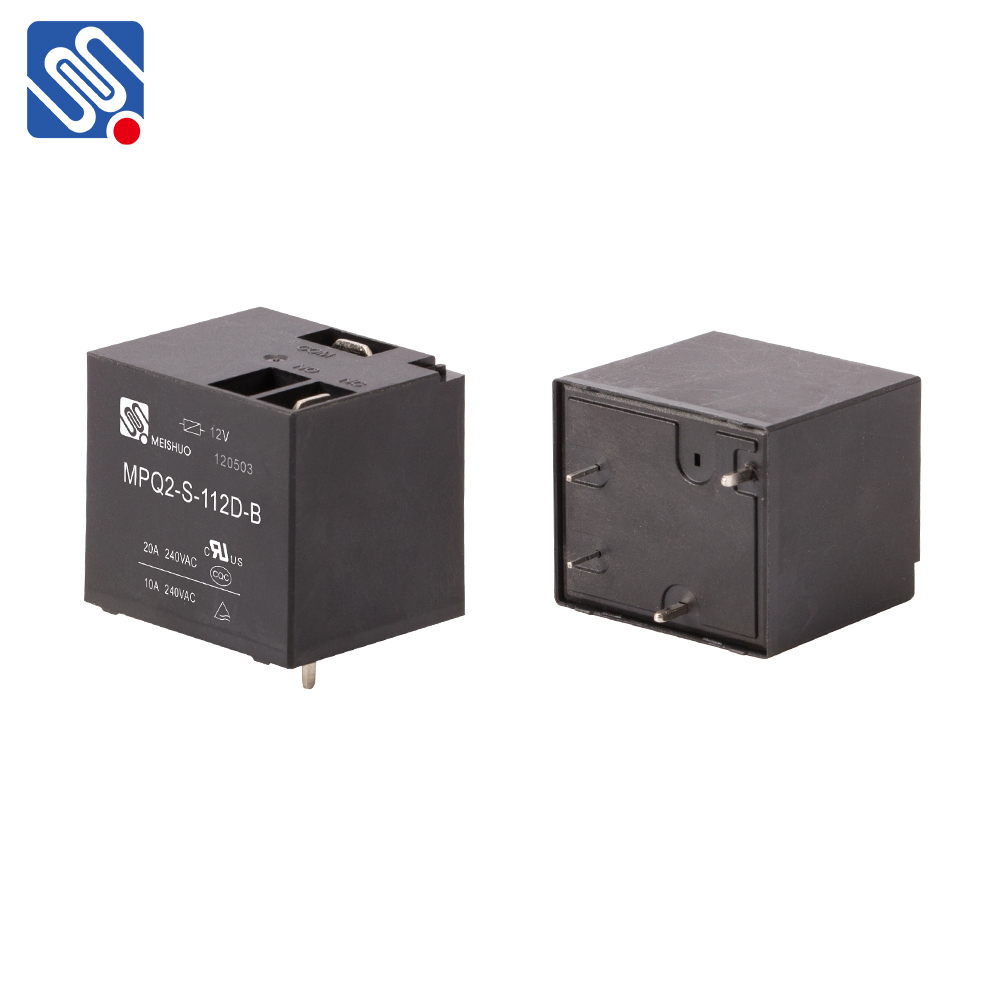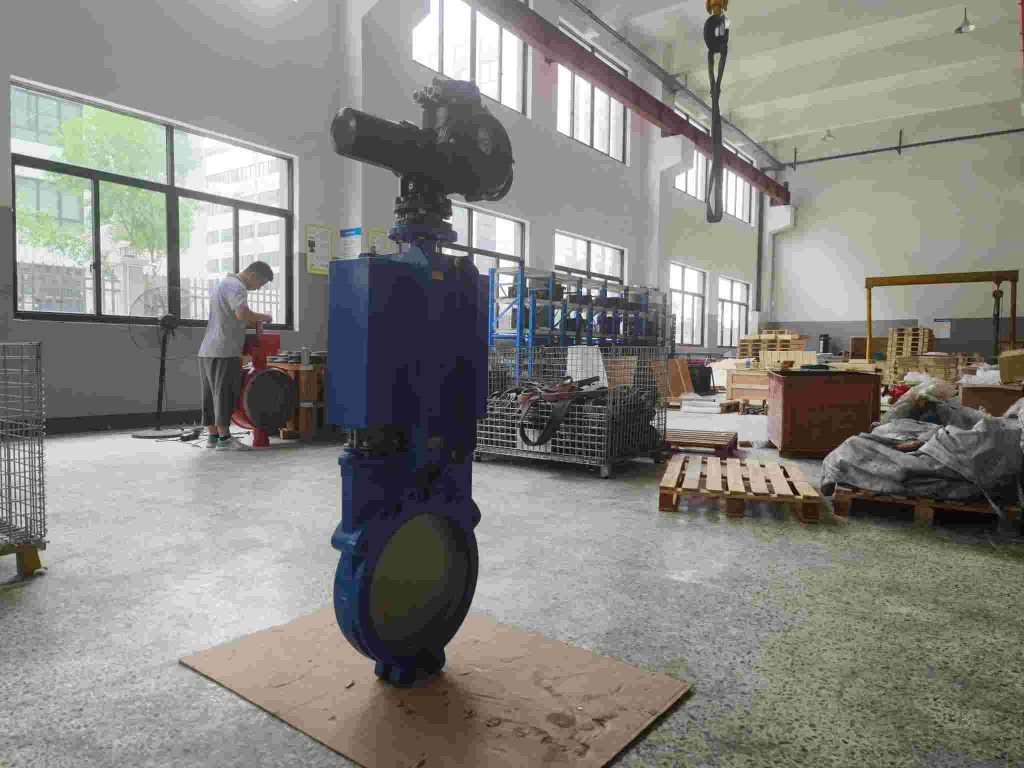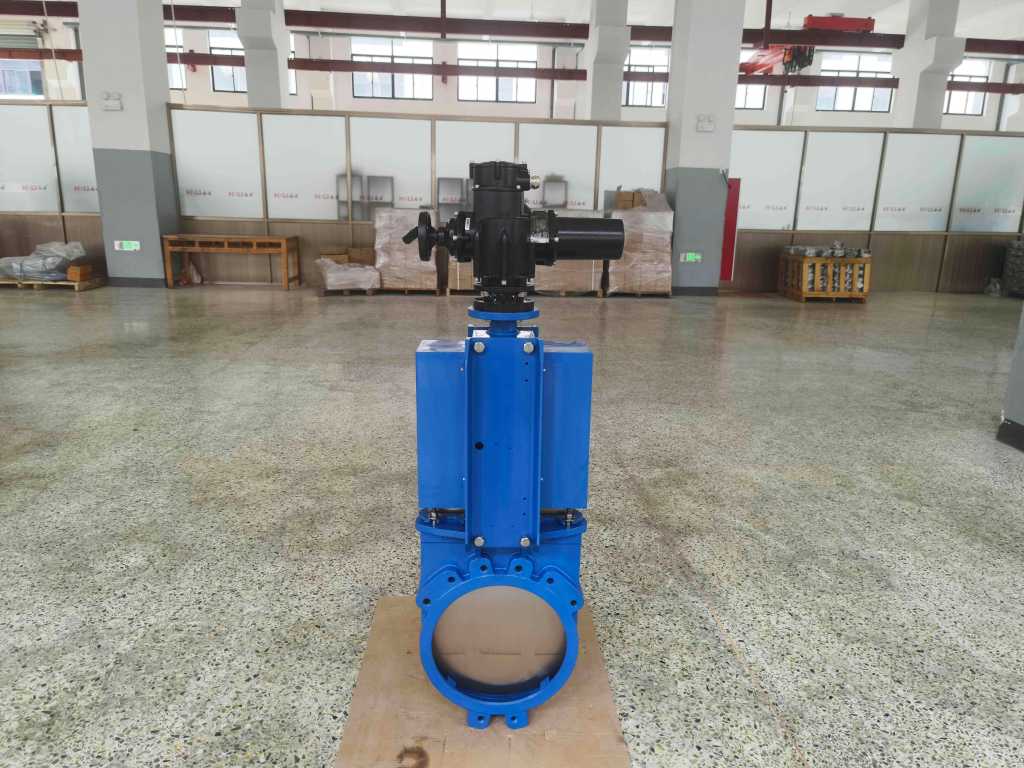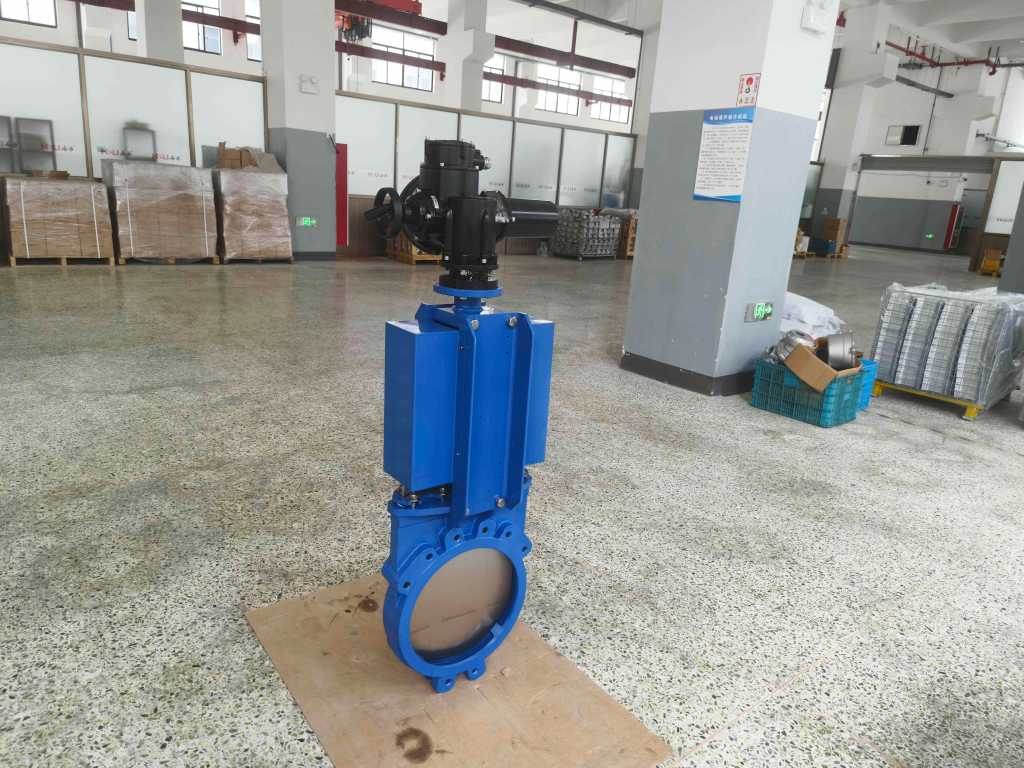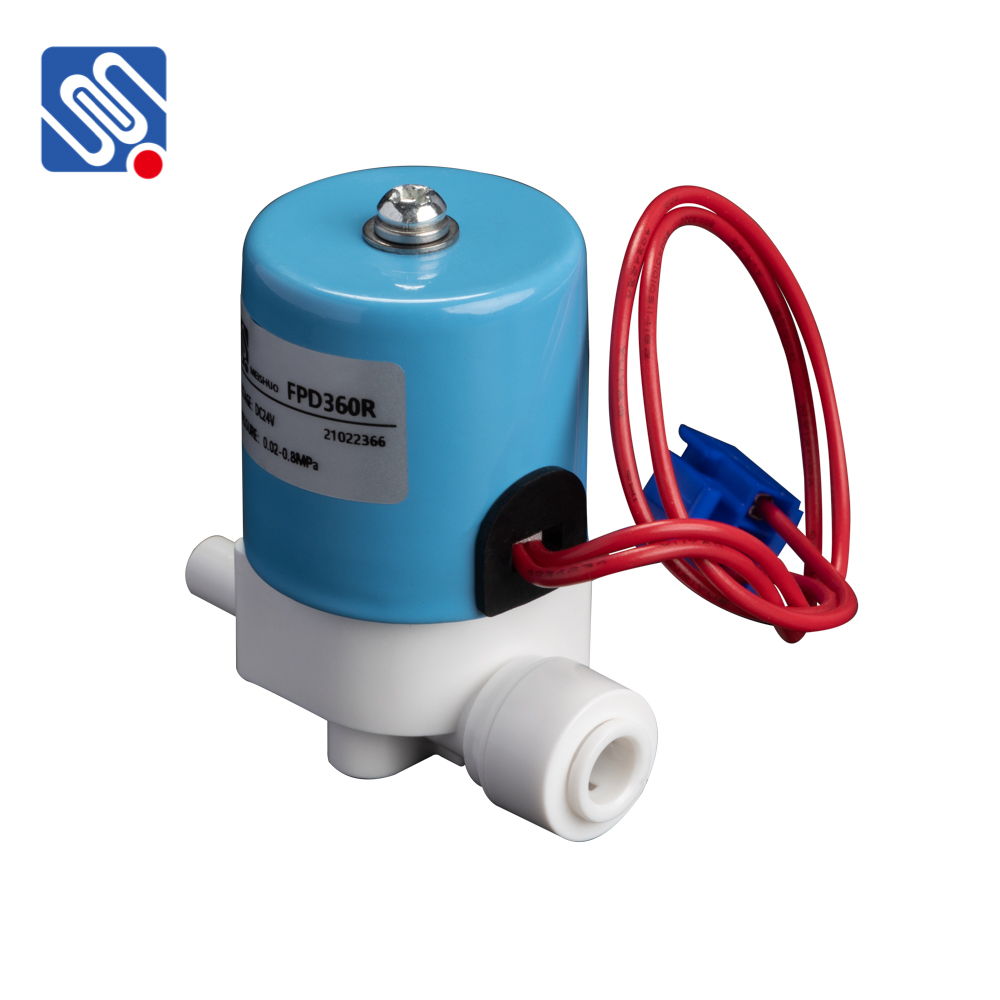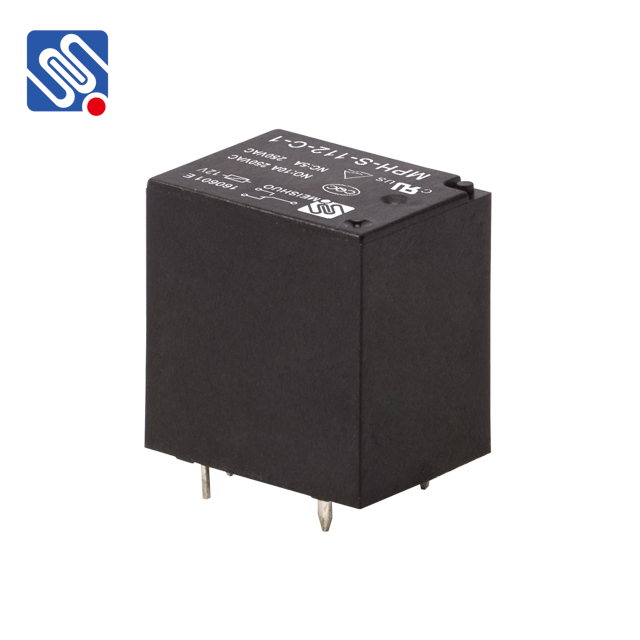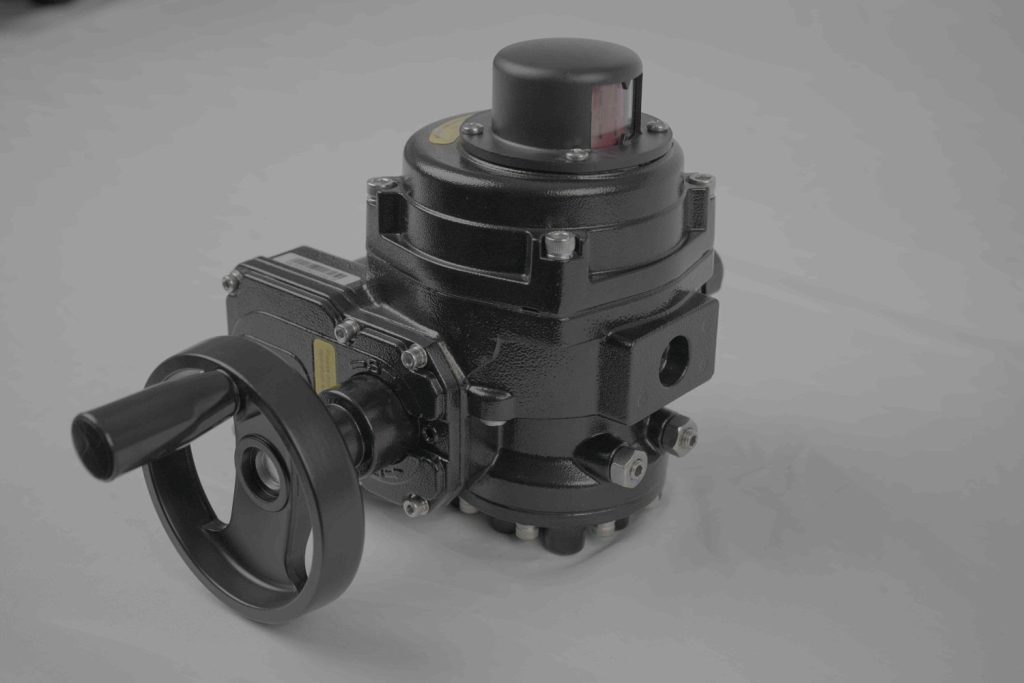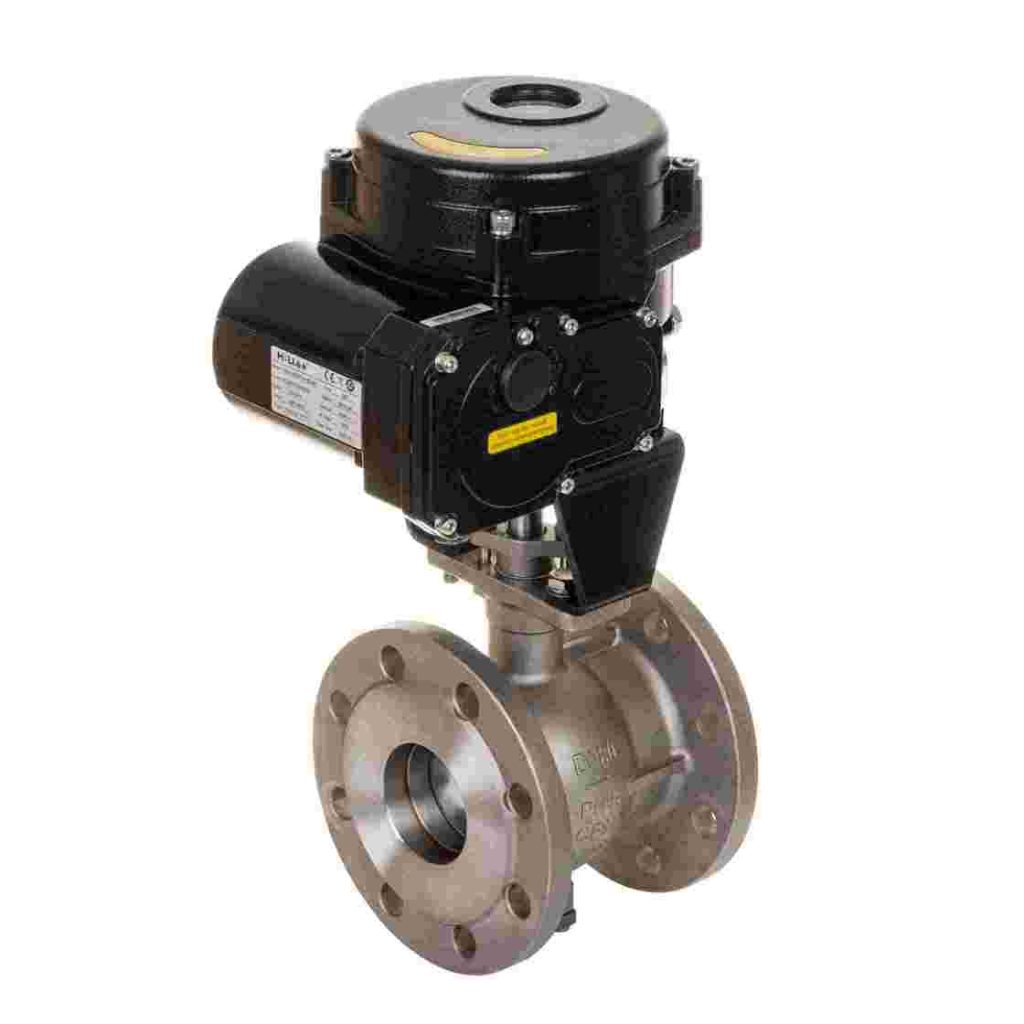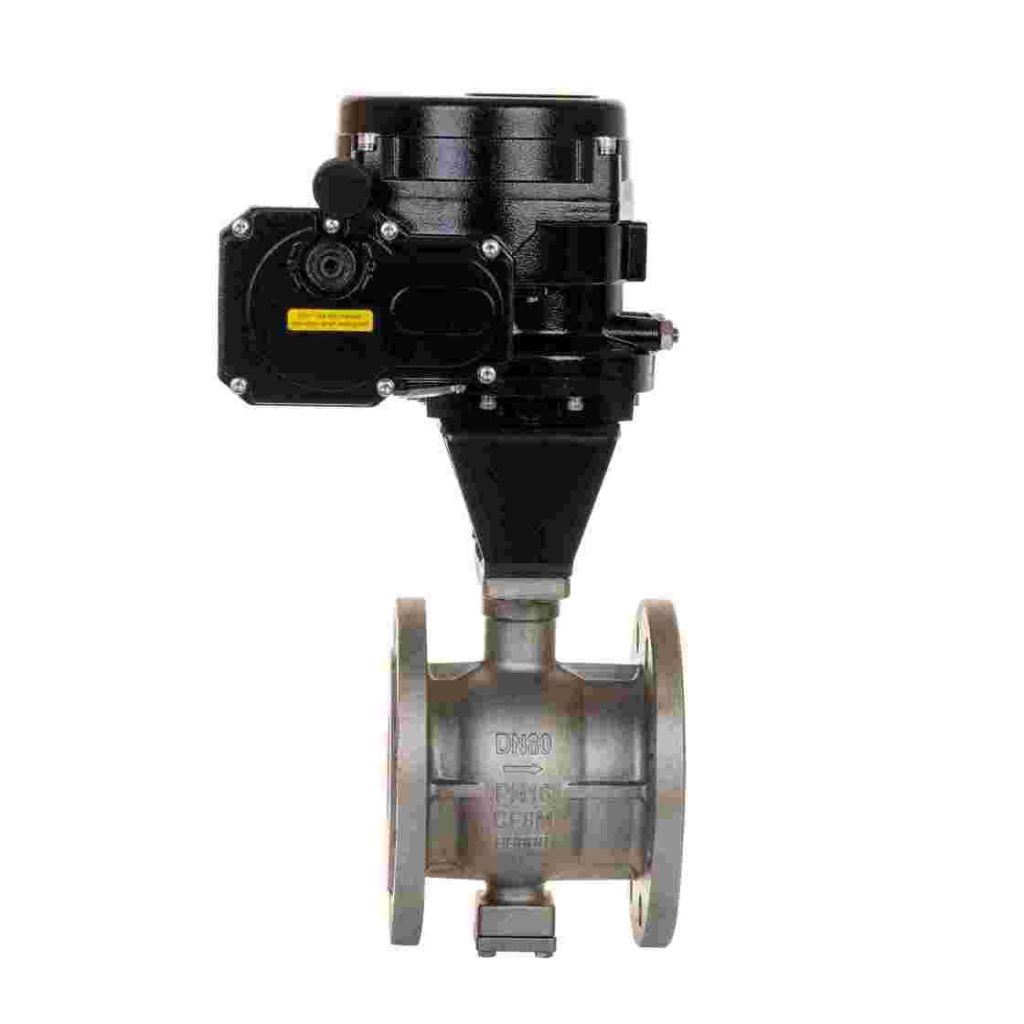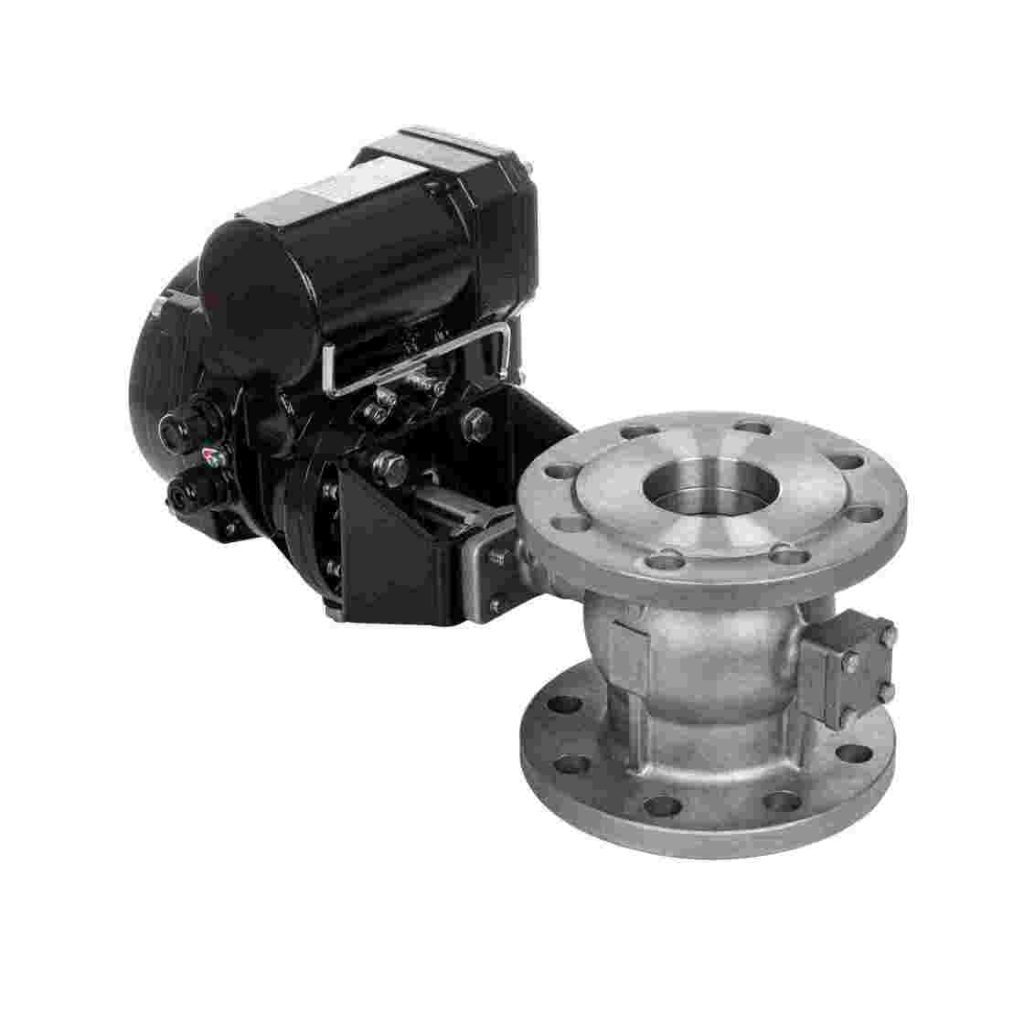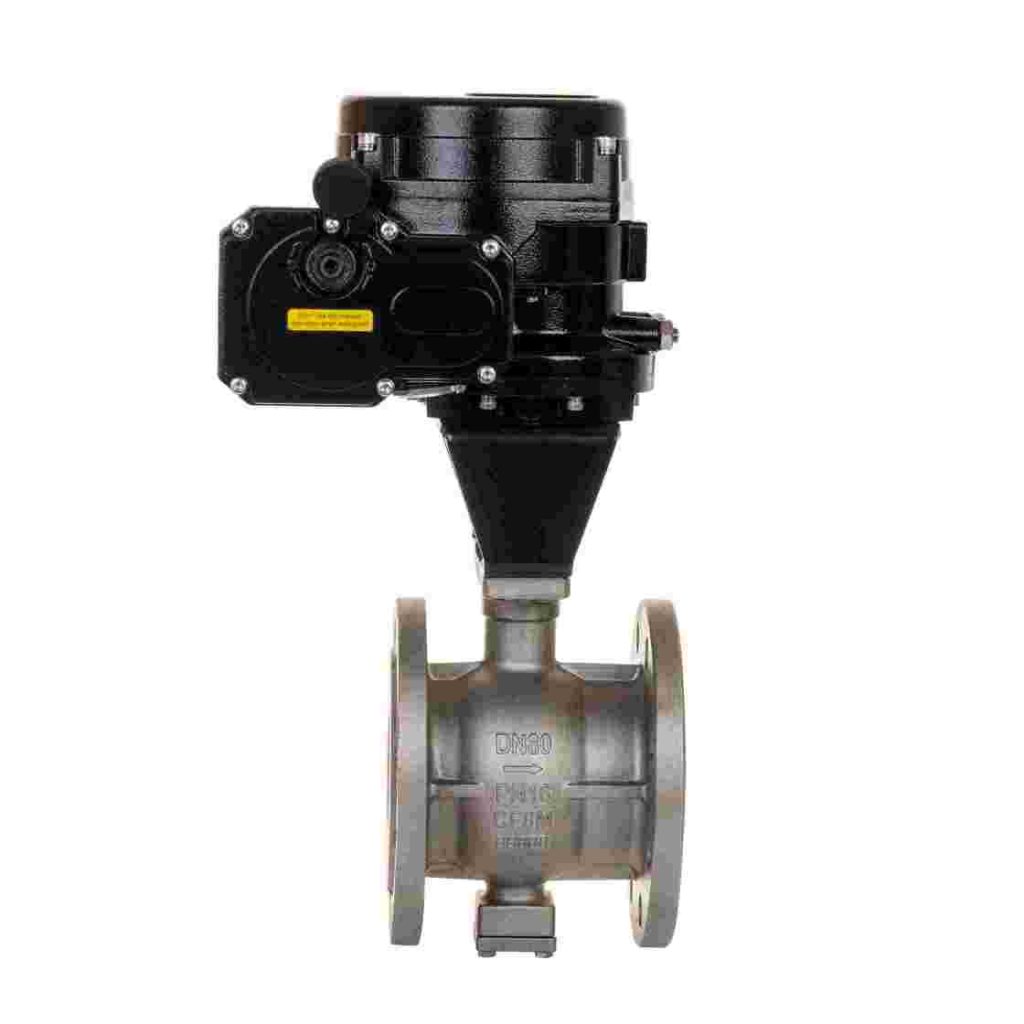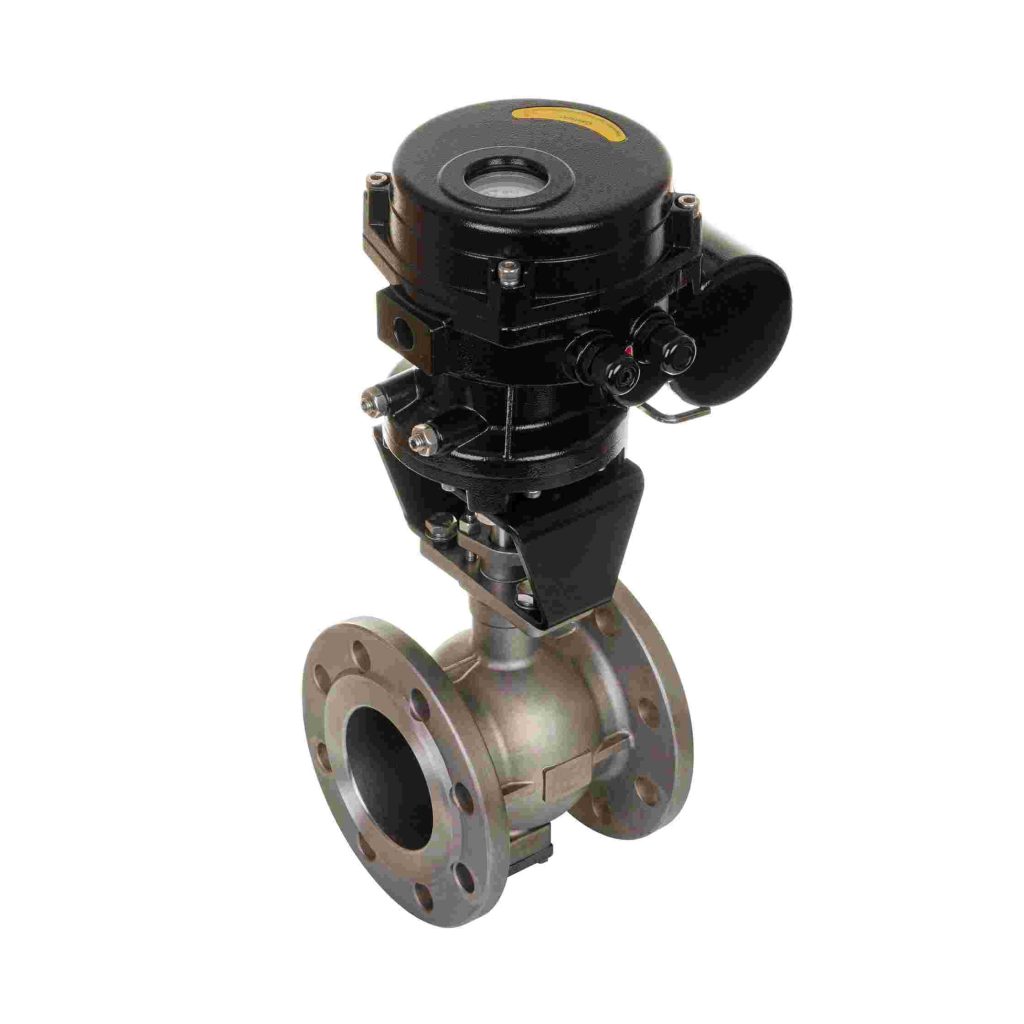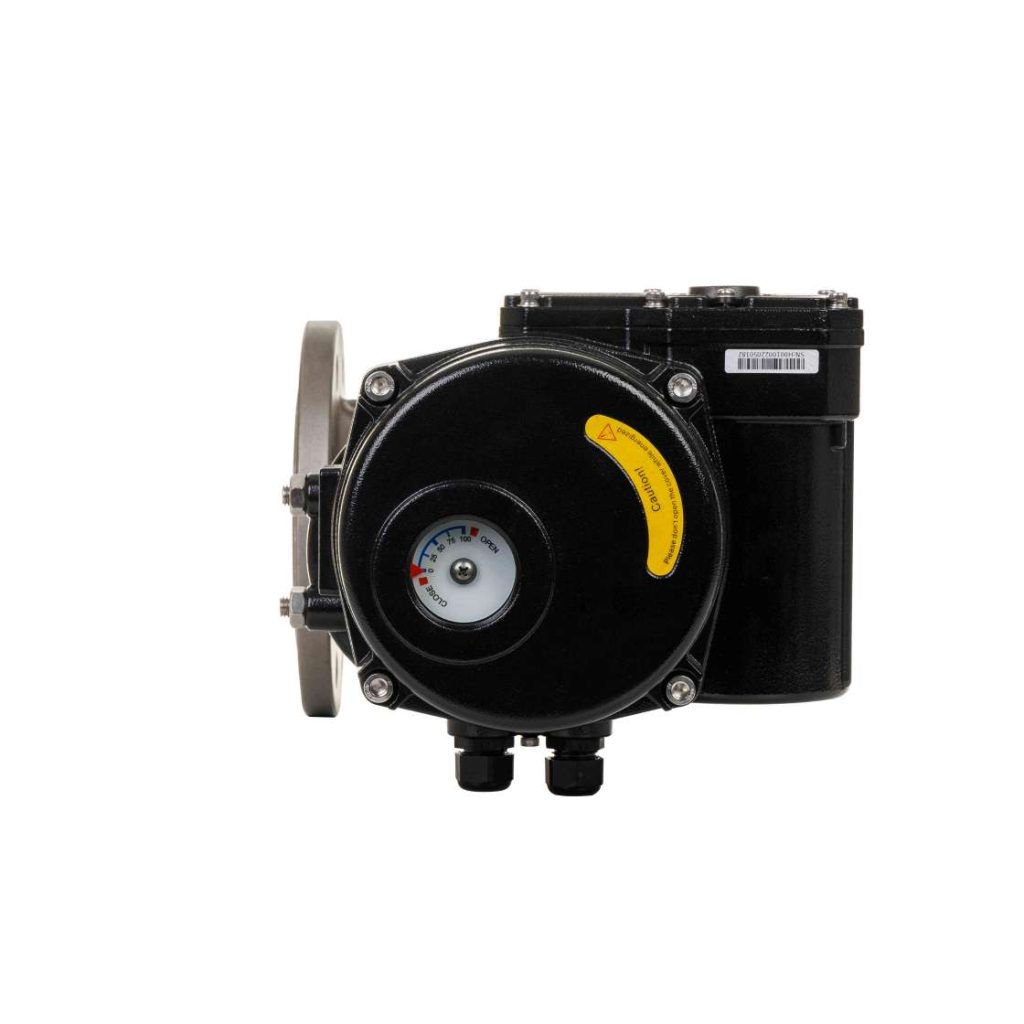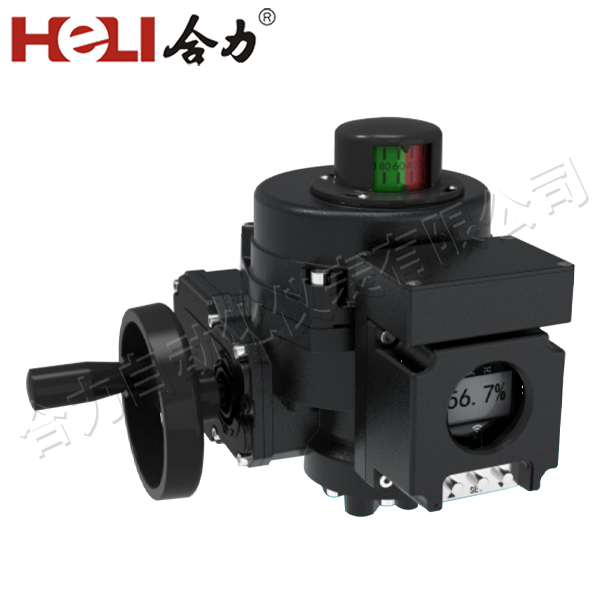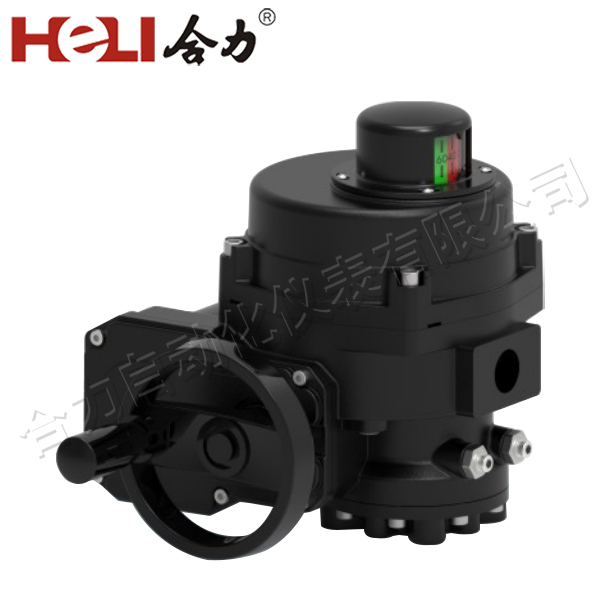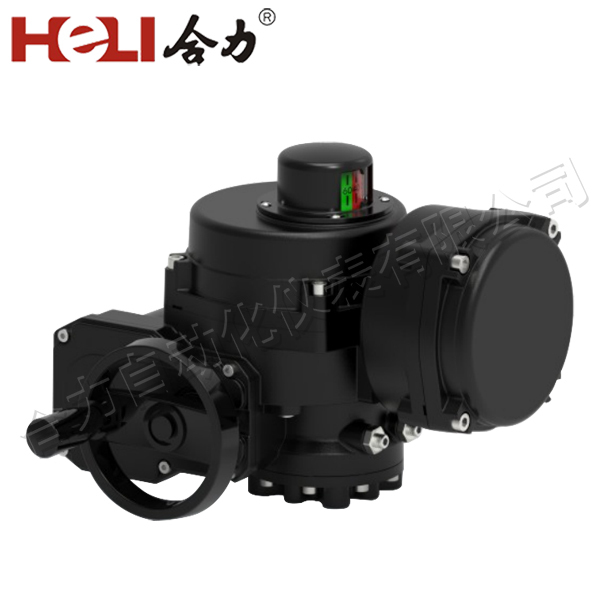In recent years, China has become a major hub for the manufacturing of reverse osmosis (RO) solenoid valves. These valves play a critical role in water filtration systems, particularly in the reverse osmosis process, where clean water is separated from impurities using semi-permeable membranes. As demand for clean and safe drinking water continues to rise globally, China’s RO solenoid valve manufacturers are at the forefront of producing high-quality, durable, and efficient valves that meet a wide range of industrial and residential water treatment needs.
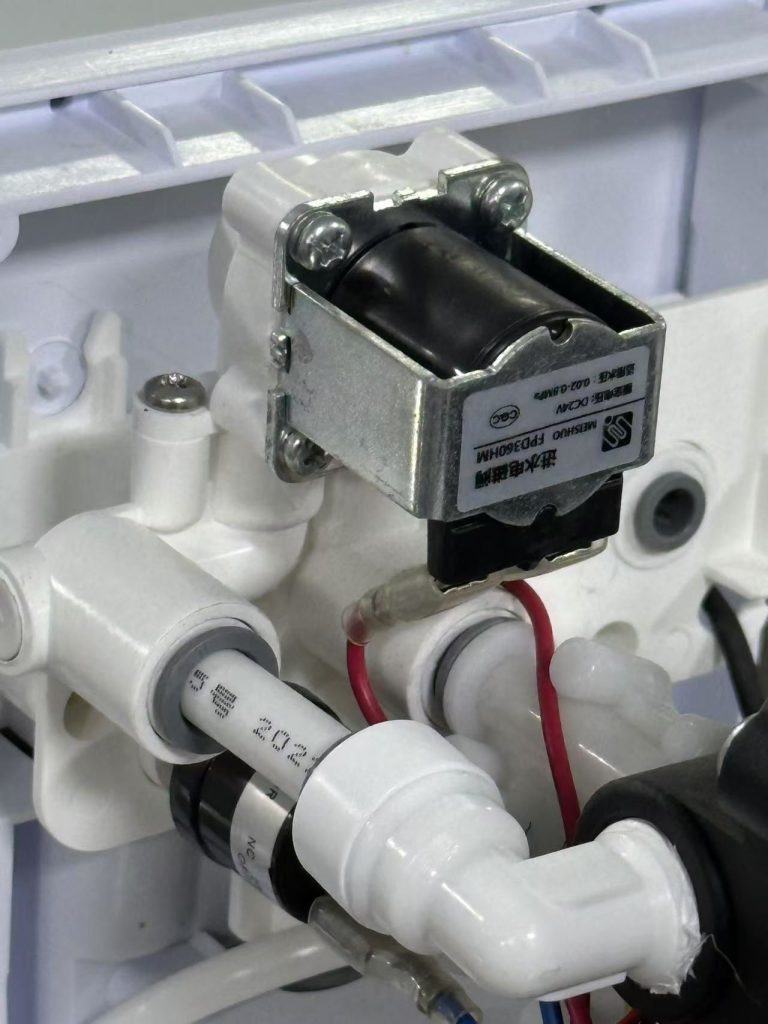
The Role of Reverse Osmosis Solenoid Valves Reverse osmosis solenoid valves are essential components in modern water treatment systems. They are designed to control the flow of water by opening and closing in response to electrical signals. These valves ensure the proper functioning of RO systems, controlling the flow of water through the filtration membranes to remove contaminants and minerals. By regulating the water pressure and controlling the timing of water flow, solenoid valves help optimize the efficiency of the RO filtration process. The solenoid valve’s function in a reverse osmosis system is crucial for maintaining consistent pressure and ensuring that the water passes through the membrane for effective filtration. In a typical RO setup, solenoid valves can be used for feed water, product water, and waste water, as well as for flushing the membrane and preventing damage due to improper water flow.
